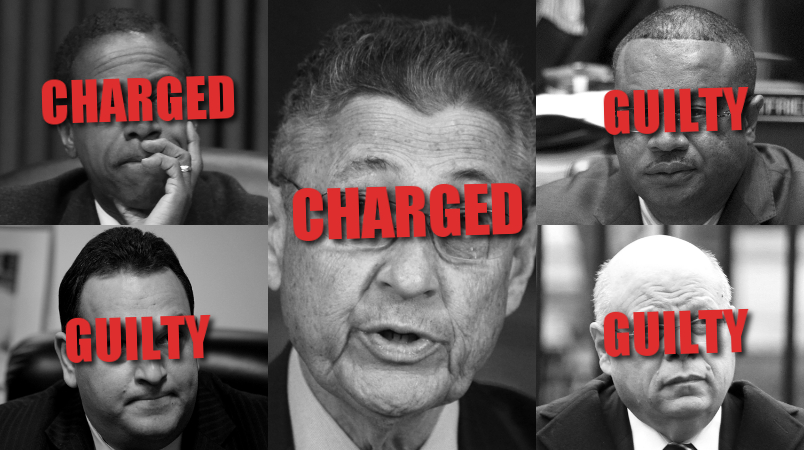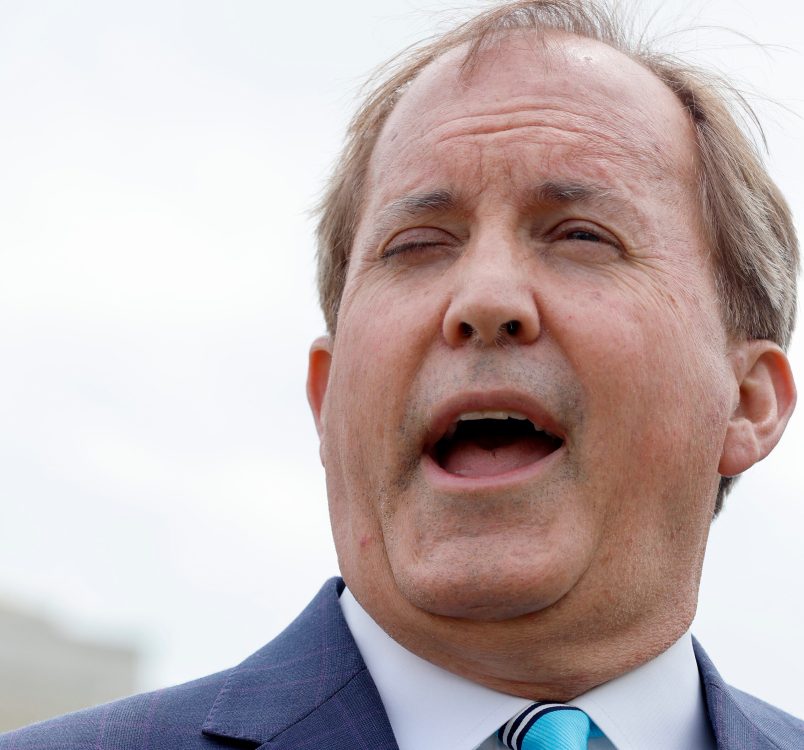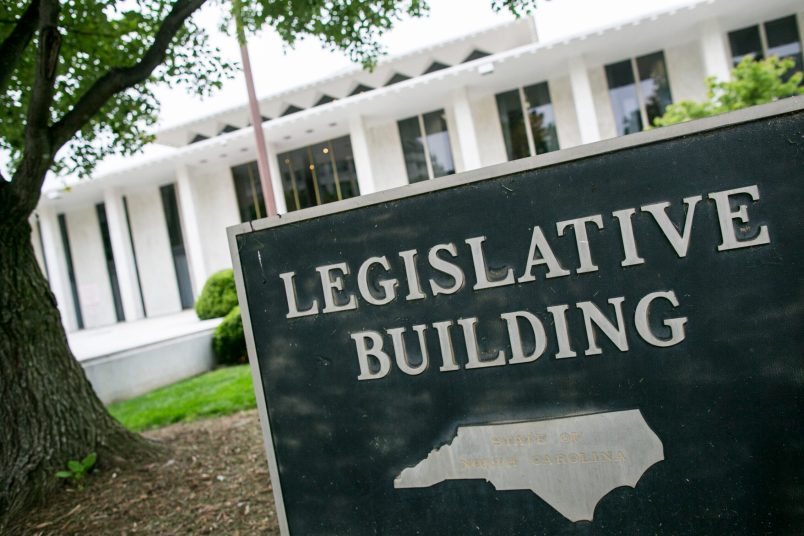How quickly the mighty fall: less than a week after longtime New York state Assembly Speaker Sheldon Silver (D) was arrested on federal corruption charges, his fellow Democrats have decided to replace him.
Although the criminal complaint from U.S. Attorney Preet Bharara’s office hit at the very top of the legislature’s food chain, Silver was merely the latest in a long line of state lawmakers who have been whacked with federal corruption charges. Bharara’s office has convicted at least a dozen elected officials in recent years and is in the process of prosecuting even more.
Which all begs the question: Just how did New York state get so damn corrupt?
Some people have acknowledged the state’s propensity for bad behavior. New York Gov. Andrew Cuomo (D) made ethics reform a key part of his first term, creating a new body tasked with investigating corruption that was named the Moreland Commission. But Cuomo’s goals were ultimately reduced to a bargaining chip in budget negotiations with, among other people, Silver.
As the New York Times reported last year, Cuomo eventually shuttered the Moreland Commission in March 2014 in exchange for the legislature agreeing to a scaled-back version of his ethics package. The irony is that Cuomo’s closing of the commission is now also reportedly being investigated by Bharara.
TPM talked to some people who know New York politics to find out how the state got this way. Here are five points to know about the mess:
People in power have little interest in changing that
John Kaehny, executive director of Reinvent Albany, a group that advocates for greater transparency in state government, explained that New York’s history of activist, progressive government has actually contributed to its culture of corruption.
“There’s a big belief here in government as a solution to societal problems, and that has produced a government that is very powerful and can affect businesses and other special interests,” he told TPM by phone.
Big business and big labor groups alike, then, have an incentive to dig into their deep pockets to ply state lawmakers and a disincentive to agitate for ethics reform.
“When you look at who has the money, the organization and the power to change things, the biggest dogs are the ones who are getting fed and they don’t want to change things,” Kaehny said. “That means that calls for change have come from marginal players and the excluded and the less powerful, and they haven’t amounted to an interest strong enough to change stuff.”
But many of those “marginal” players who may otherwise call for ethics reform are also on the state payroll.
Kaehny believes most of the ethics scandals coming out of Albany over the last two decades boil down to two things: politicians plundering charities that rely on state social service aid, and abuse of the 421-a tax abatement program, which rewards real estate developers who add affordable housing to their projects. Silver allegedly referred two developers who benefited from that tax abatement program to a law firm, from which prosecutors said he then took $700,000 in illegal payments.
“Such a large number of potential community voices are in some form or another on the payroll, that you just don’t hear much squawking from people in society that you think might be the center of opposition or upset,” Kaehny said.
Just three people make the biggest decisions
Richard Briffault, a Columbia law professor who specializes in election law, pointed to the centralized decision-making process in Albany as a root cause of corruption. With authority vested in the what has been described “three men in a room” — the state Assembly speaker, the state Senate majority leader, and the governor — who make critical decisions behind closed doors, other lawmakers have very limited discretion.
“There’s a sense that they might as well feather their own nests if they’re not gonna accomplish anything,” Briffault told TPM by phone.
Briffault cautioned that structure doesn’t explain the legal problems facing Silver, one of the most powerful lawmakers in the state.
But in a speech Friday at the New York Law School, Bharara, the prosecutor, also sharply criticized Albany’s insular dealmaking. He argued that such a centralized power structure could lead to the kind of alleged corruption outlined in the complaint against Silver, since otherwise qualified people are discouraged from running for office when they realize they’d wield little influence in Albany.
Ethics laws are kinda blurry
Kaehny pointed to an infrastructure of lobbyists in Albany who trade “legal bribes” from special interest groups to state lawmakers in return for legislation as an example of the murky line between what’s ethical and what’s legal in the capital.
“We even have a word for legal bribery that people use every day,” Kaehny said. “We have a euphemism for legal bribery because that term is too distasteful and perhaps sounds too harsh. It’s called pay-to-play.”
Since so many state lawmakers confuse strictly playing by the rules with ethical behavior, Kaehny said the public has become inured to pay-to-play scandals.
Newspaper editorials throughout the state implored Cuomo to get serious about ethics reform back in 2011, after former state Comptroller Alan Hevesi was sentenced for a pay-to-play scheme that steered $250 million in pension funds to an investment firm that lavished him with $1 million in donations and luxury travel. Hevesi was the highest-ranking official in the state’s modern history to serve time for corruption.
Years later, a loophole in state law still allows businesses to donate large sums of money to New York politicians in small contributions to disguise the source of the funds, according to the New York Times.
The state lacks anti-corruption forces
Briffault said that at the state level, there are no real constraints on what a lawmaker can do for people who both do business with the state and provide that lawmaker with income. But he pointed to New York City as a counterexample: after rampant corruption in the 1980s, the city started to clean up its act and implement ethics reforms with teeth.
“The state has struggled to come up with enforcement mechanisms and keeps coming up with weak ones, especially as it applies to the legislature,” Briffault said.
Kaehny echoed that sentiment, arguing that the state has nothing comparable to New York City’s Campaign Finance Board and ethics and integrity watchdogs at the city’s Department of Investigation.
“At this time in history, the gap between clean government in the city and the state is probably the biggest it ever has been,” Kaehny observed.
New York City’s public campaign financing system has been held up as a potential fix for Albany. Lawmakers could restore public trust in the capital by injecting “clean” money into political campaigns and decreasing candidate’s reliance on donations from outside interests.
But after proposing a public matching system for state political campaigns in 2014, Cuomo ultimately settled for running a pilot program that applied to the state comptroller’s race alone. Incumbent Democrat Tom DiNapoli opted out, while his Republican opponent didn’t raise enough money to qualify for the public funds.
Albany has a culture of insiders where it feels like nobody’s watching
Lawmakers in Albany also tend to remain there, since most of the state’s districts are non-competitive. So since most candidates for re-election aren’t facing stiff competition, they’re not paying attention to their voters — and vice versa. The capitol is more than a hundred miles away from the state’s biggest metropolis and media hub.
That contributes to an insider culture that encourages socializing with lobbyists and special interest groups, Briffault said.
“There’s a sense that nobody’s watching,” he said. “That’s partly the voters aren’t watching because most of the districts are non-competitive. And the media isn’t watching because it’s in Albany.”






